Description
Salvia divinorum: The Ultimate Guide
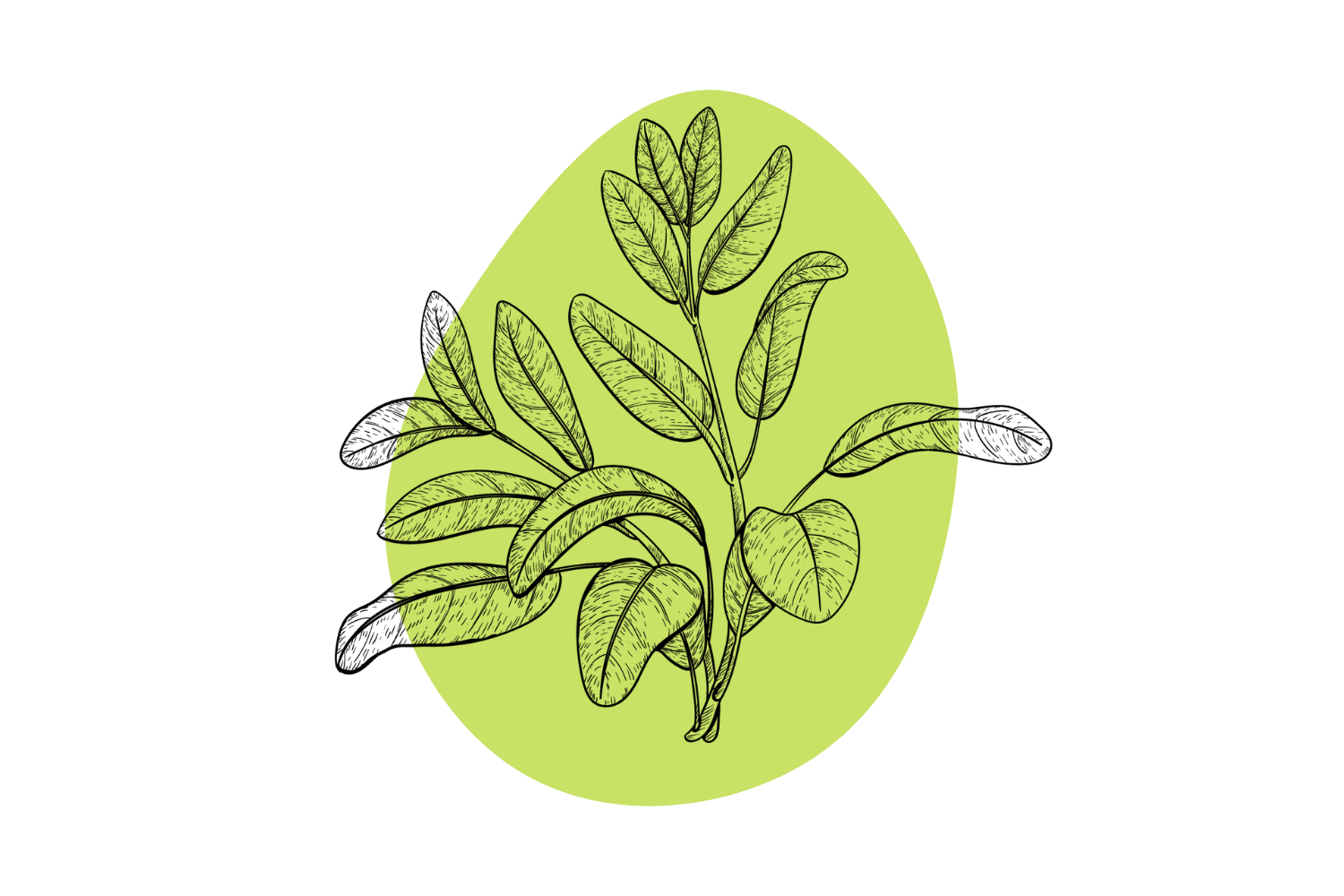
There are over 7000 individual species in the mint family of plants — only one of them, Salvia divinorum — is psychedelic.
And psychedelic it is indeed.
This unassuming sage plant is the strongest naturally occurring hallucinogen on Earth — many times more powerful even than ayahuasca.
The effects of salvia are strange, to say the least. It induces intense cartoon-like hallucinations and radical shifts in reality not experienced by any other psychedelic on Earth.
In this guide, you’ll learn everything you need to know about salvia — including how it works, how to use it safely, and what risks you should be aware of before you try it yourself.
What is Salvia?
Salvia divinorum is a type of sage — similar to the sage you might use for culinary applications.
Like all sages, Salvia divinorum contains a high concentration of essential oil. This essential oil is what gives sage its characteristic aroma.
The difference with Salvia divinorum is that one of the elements in this essential oil — salvinorin A — is radically psychoactive.
Salvinorin A is the most powerful natural hallucinogen in the world. Psychoactive doses start around 200 micrograms. Some synthetic psychedelics, such as LSD, are stronger — producing psychoactive effects at doses as low as 20 micrograms — however, these drugs are difficult to compare.
A single dose of salvia induces a radical shift in the perception of reality — often forcing you into another world entirely.
The psychedelic effects of salvia are very short-lived — lasting only 5 to 15 minutes. During this time, people have reported living several lifetimes, experienced “other dimensions”, or engaged with “alien entities”.
This herb is usually smoked, but the leaves can also be chewed or consumed as tea.
Salvia originates from Mexico and Central America. It was used by the Mazatec Indians for centuries in divination and shamanistic practices. It was thought to provide a bridge between the real world and the spirit world.
Salvia: Specs & Technical Details
| Active Ingredient | Salvinorin A |
| Level of Risk | Low |
| Street Names | Seer’s Sage, Magic Mint, Diviner’s sage |
| Most Common Side-Effects | Intense laughter and hysteria |
| Duration of Effects | 5 – 15 Minutes |
| Legality | Mixed — Legal & Illegal |
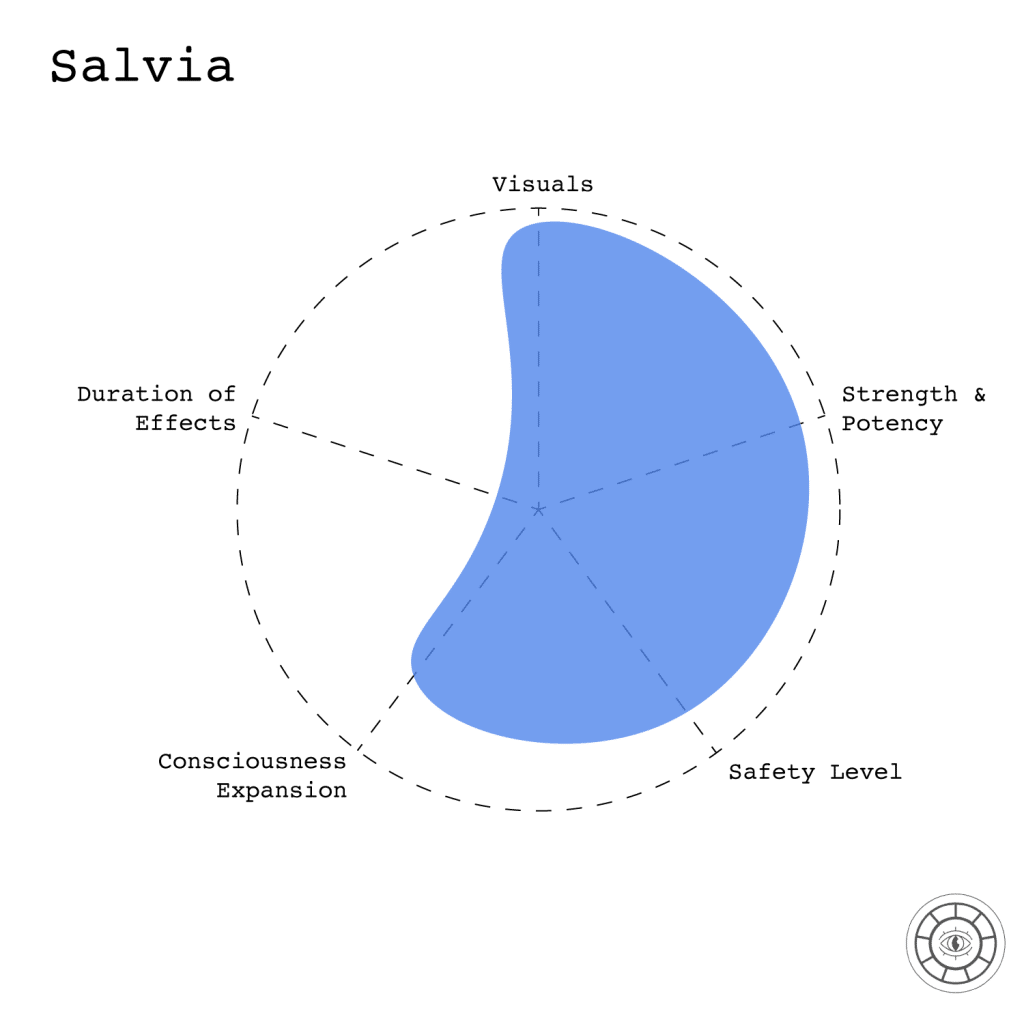
How Does Salvia Work?
Salvia is a strange plant — both in terms of the experience it produces and in how it works on the brain.
Salvia is unlike any other psychedelic compound known.
Most psychedelics (LSD, DMT, psilocybin, and mescaline) activate the serotonin receptors (5-HT2A and 5-HT2C) to produce their effects.
Instead, salvinorin A works almost exclusively on the kappa-opioid receptors [1]. These receptors are different from the opioid receptors targeted by painkillers like morphine or fentanyl.
The kappa-opioid receptors are involved with the regulation of dopamine in the brain. Dopamine, like serotonin, is intimately involved with conscious thought and neurological function. Altering dopamine activity in certain parts of the brain leads to hallucinations and a shift in reality.
How is Salvia Used? What’s the Dose?
Salvia is sold as “incense” in the form of a concentrated extract. You can get 10X, 20X, or 40X salvia.
This form of salvia is smoked using a pipe, hookah, or bong.
Using salvia this way involves taking a deep inhalation and holding the smoke in the lungs for as long as possible. It only takes one hit to produce powerful visions and hallucinations.
Another form of using the herb is to chew on the leaves. The active ingredient is broken down immediately in the digestive tract, so you can’t eat it. Chewing the leaves releases the active ingredients into the mouth, which is then absorbed through the mucous membranes.
You can also find salvia tinctures. To use a tincture, hold a few drops under the tongue. This allows the active ingredients to absorb directly into the bloodstream through microcapillaries lining the underside of the tongue.
A tea can also be made from fresh leaves. This is the traditional way of using salvia. Remembering that salvia is destroyed if swallowed, it’s best to hold the tea in the mouth for a few moments to absorb it before you swallow it.
We can separate the doses of salvia into two choices — low dose or high dose.
Low Dose Salvia
(Less than 200 mcg salvinorin A)
The amount of salvia leaf that constitutes a low dose is hard to quantify. Each plant is different, and the potency can vary substantially. You can also find salvia concentrates in differing amounts.
In general, using salvia tea or chewing on the leaves is the mildest form of using the plant.
You can also get a low dose by smoking salvia leaf or leaf concentrate and avoid holding the smoke in for more than just a few seconds.
Low dose salvia still produces vivid hallucinations but is much less likely to blast you off into another realm completely. Almost everyone who uses salvia at a low dose is filled with intense, uncontrollable laughter. Everything looks and feels hilarious.
High Dose Salvia
(More than 200 mcg salvinorin A)
High-dose salvia is achieved by smoking the concentrated leaf extract. The breath must be held for around 10 seconds or longer to reach this dose.
High-dose salvia produces intense perceptual shifts. Within seconds you’ll go from a completely normal state to experiencing uncontrollable, chaotic, and strange visions. Most people begin laughing uncontrollably for the first few minutes of the experience.
From an outside lens, people experiencing high doses of salvia will tend to shift from laughing to screaming or muttering utter nonsense for about 10 or 15 minutes before returning to normal.
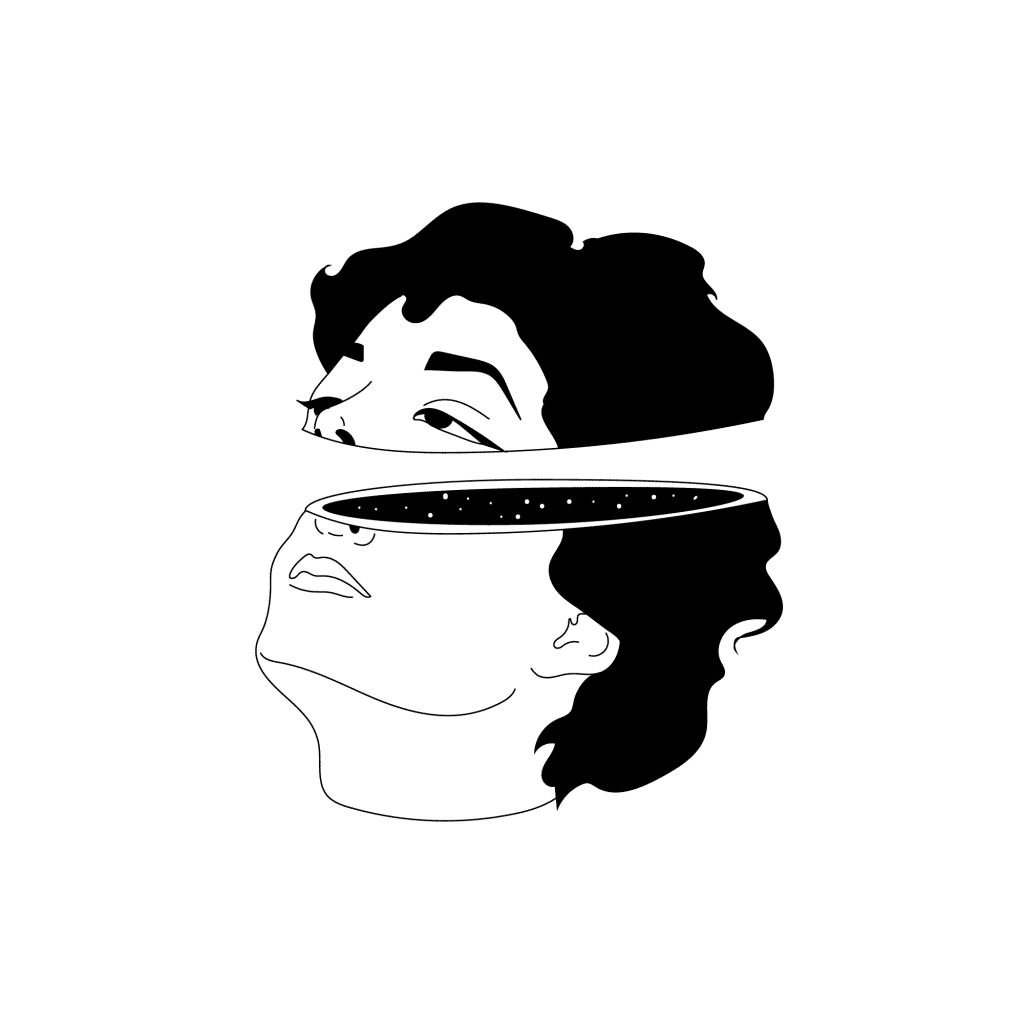
What Does Salvia Feel Like?
When you smoke salvia, the effects appear within a few seconds, usually starting with intense, uncontrollable laughter, followed by a complete shift in reality. High-dose salvia can bring you into another world altogether — causing you to lose touch with reality.
Everybody’s experience is different, but every story is just as nonsensical as the next. You’ll hear stories of people being converted into a deck of cards or a bird, sinking into a puddle on the floor, or being abducted by alien entities.
The sky is the limit with salvia; there’s no real logic to the events it can produce.
Common Experiences on Salvia:
- Visual distortions, vivid colors, unusual shapes and patterns, objects merging together
- Uncontrollable laughter
- Feelings that you’re being twisted, stretched, or pulled in one or more directions
- Changes in the perception of time (time moves faster or slower)
- Out of body experiences
- Contact with other “entities”
- Dissociative thoughts (disconnection with reality)
- Heightened mood
- Intense fear or anxiety
Here’s a video of a man attempting to do some gardening on salvia to illustrate what it looks like from the outside.
How Strong is Salvia Compared to Other Psychedelics
Salvia is the strongest natural psychedelic. It’s distinctly different from DMT, LSD, ayahuasca, mescaline, and magic mushrooms in how it feels.
Salvia vs. DMT
DMT (dimethyltryptamine) is probably the closest to salvia in terms of effects, but there are clear qualitative differences between the two.
DMT and salvia can both take you to “another dimension” — losing touch with your physical body and identity. However, DMT tends to be much more introspective, while salvia is much more random and nonsensical.
There are visual differences as well. DMT often creates visuals described as geometric or fractal, while salvia constructs more of a cartoon visual sensation.
Salvia vs. LSD & Psilocybin
For this comparison, we’re going to group LSD and psilocybin together.
Salvia is very different from LSD (lysergic acid diethylamide) and psilocybin. In lower doses, both drugs can produce hysteric laughter and cause the vision to “vibrate” or “wiggle”.
The similarities end here.
LSD and psilocybin are very introspective, creative, and largely based on reality. When you take these substances, your thought process shifts, and your perception of the physical world and time is altered.
However, the hallucinations you experience are based on the real world. It doesn’t cause you to see objects that aren’t truly there — it merely changes the way you perceive existing objects.
Salvia is different in that it can make you see things that aren’t there. Objects can appear and disappear at random and aren’t directly linked to any physical objects.
Salvia vs. Ketamine
Low-dose ketamine is nothing like salvia. It makes you feel light and euphoric, but you remain in the “real world”.
High-dose ketamine is much more similar to salvia. When you take a high dose of ketamine, it induces a dissociative state referred to as a “K-hole”. This state causes users to leave their bodies, sometimes entering another realm.
Qualitatively, a K-hole trip is much more “shadowy” than salvia. The visions are darker but not necessarily “scary”. In fact, most users report the hallucinations caused by ketamine to be pleasant.
Ketamine causes your body to become numb and listless. As your body relaxes, it feels as though your mind starts to “separate” from the body — leading to out-of-body or interdimensional experiences.
Some people experience out-of-body experiences on ketamine yet remain inside the room — hovering over their body as if to view it from the third person. Other times it can make you feel as though you’re watching yourself from another location, such as your workplace, a mall, a parking lot, or somewhere else.
This is the main difference between ketamine and salvia — the vision with ketamine tends to maintain your “self” as a core component of the vision. Salvia dissolves your identity altogether, and the dimensions it takes you to have no relevance to your physical self.
Ketamine is also addictive and habit-forming — salvia is not.
Is Salvia Safe?
Physically, salvia is very safe. There has never been a case of salvia overdose or toxicity. All the research available on this plant has shown it to pose little harm to the body — physically, that is.
Mentally, salvia can cause a lot of harm if you’re not careful.
The salvia experience is intense — to say the least.
The experiences you encounter on this psychoactive compound are often too much for people’s minds to handle. You can go from being your normal self in one moment to being injected into a completely different “dimension”.
People often report seeing “entities” or feel like they’ve been converted into inanimate objects. It may feel like the world is ending, that you’re being probed or analyzed, or experience death and rebirth thousands of times over.
This can leave a lasting impact on your psyche. Coming out of the experience can leave you feeling utterly mind-blown. Many people report feeling existential anxiety for several weeks or months after their experience — and most people who use salvia won’t use it again.
People with existing mental health conditions are especially susceptible. Salvia is thought to trigger underlying schizophrenia or psychosis in people susceptible to this condition.
Is Salvia Addictive?
Salvia works through the kappa-opioid receptors. Most other drugs or medications that act on the opioid receptors target a different type of receptor called the mu-opioid receptor. Activating the mu-opioid receptors works to block pain and induce states of euphoria. Activation of the mu-opioid receptors from drugs like morphine, fentanyl, or heroin quickly leads to dependence and addiction.
Salvia, on the other hand, doesn’t have this effect. The kappa-opioid receptors don’t appear to lead to dependency or addiction the same way as the related opioid receptor classes.
In summary, the potential for addiction to salvia is virtually non-existent. There has never been a case of someone becoming addicted to this plant. In fact, most people who use it will only use it once due to the intense reality-shifting experience it produces.
Is Salvia Legal?
Even the drug regulators don’t quite know what to do with salvia. It’s one of the only natural psychedelics that isn’t listed on the UN Narcotics Convention.
Despite how insanely psychoactive this plant is, it’s considered legal in many parts of the world.
In the United States, salvia is classified as a “drug of concern” but isn’t officially banned or illegal. You can buy salvia at head shops or online in most states. The exceptions are Delaware, Illinois, Louisiana, Missouri, Virginia, Tennessee, and Texas — all of which have imposed their own laws to ban the use of the plant.
Laws vary depending on the country — some places, such as Canada, allow possession and cultivation of the plant but ban its sale.
→ Other legal psychoactive plants
Salvia laws around the world:
| Country | Possession | Sale |
| The United States | Legal (With Some Exceptions) | Legal |
| The United Kingdom | Illegal | Illegal |
| Austria | Legal | Legal |
| Australia | Illegal | Illegal |
| Belgium | Illegal | Illegal |
| Brazil | Illegal | Illegal |
| Canada | Legal | Illegal |
| Chile | Legal | Illegal |
| Denmark | Legal for Scientific Purposes | Illegal |
| France | Legal | Legal |
| Germany | Illegal | Illegal |
| Indonesia | Legal | Legal |
| Ireland | Illegal | Illegal |
| Japan | Illegal | Illegal |
| Netherlands | Legal | Legal |
| New Zealand | Legal | Legal |
| Spain | Legal | Illegal |
| Sweden | Illegal | Illegal |
| Switzerland | Illegal | Illegal |
Salvia Frequently Asked Questions
1. Can Salvia Cause Ego Death?
Some people report ego death experiences on salvia, but it’s not very common compared to classical psychedelics. Salvia doesn’t inhibit the default mode network (DMN), which is considered a core component of achieving ego death through psychedelics.
However, the intense shift in reality that comes from salvia is sometimes enough to reframe your life and your existence in a way that can lead to ego death-like experiences.
2. Are There Any Alternatives to Salvia?
There are no natural alternatives to salvia. This herb is unique in the plant kingdom, both in its chemistry and mechanism of action.
Some pharmaceuticals act on the same receptor as salvia (kappa-opioid). A few examples include butorphanol, nalbuphine, levorphanol, levallorphan, pentazocine, phenazocine, and eptazocine.
These drugs were designed as painkillers due to their impact on the opioid receptors — but their use is limited due to the psychoactive side effects.
Although these drugs produce similar effects to salvia, the experience is very different. Many of these drugs can lead to adverse side effects, such as vomiting, diarrhea, irritability, and changes in heart rhythm.
3. Can You Overdose On Salvia?
It’s not possible to overdose on salvia. There has never been any reported cases of an overdose on this plant.
Animal studies injecting rats with salvinorin A at doses several hundred times the normal dose didn’t produce any physical harm.
4. Are There Any Medical Uses For Salvia?
Currently, there are no confirmed medical applications of this herb. There’s been some interest in exploring the herb as a treatment for hard-to-treat pain conditions — such as cluster headaches or migraines. However, no official studies have been published on this effect at the time of writing.
Some of the early work done by prominent psychedelic researchers like Albert Hofmann and Gordon Wasson reported on the traditional uses of the plant by the Mazatec Indians.
Traditional uses of salvia outside its application for divination included the treatment for diarrhea, headache, and rheumatism. Most of its uses were based on spiritual healing concepts rather than physical effects.
Related: What is psychedelic-assisted psychotherapy?
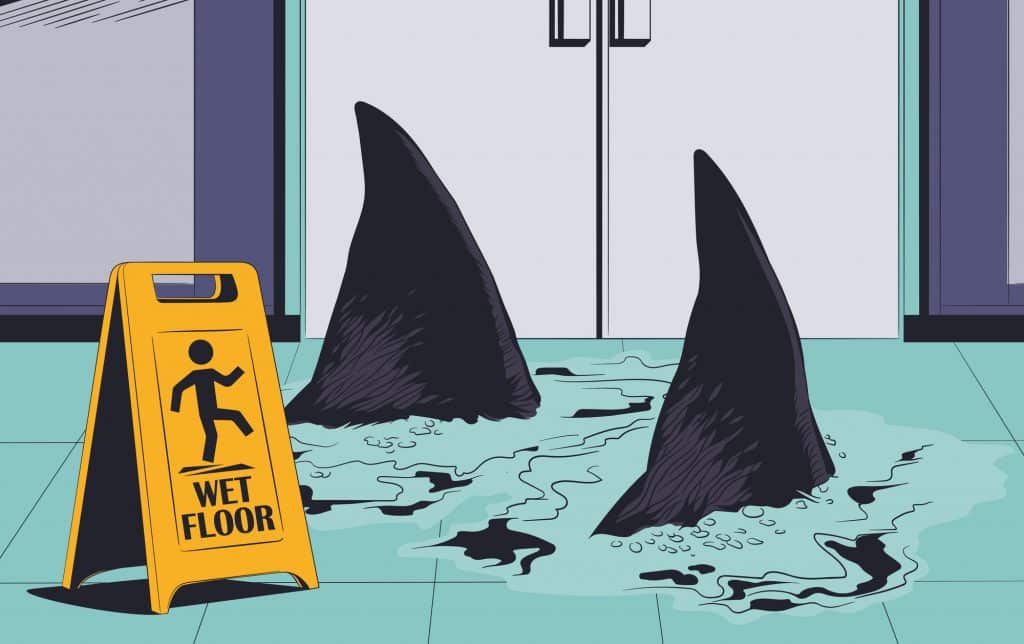
What the Future of Salvia Looks Like
Salvia managed to go relatively undetected by government regulators for many years. Canada only banned the sale of the herb back in 2015, for example, and only a few US states have adapted their legislation to ban the substance.
It seems as though the shift in focus around salvia is leaning more towards the side of unfavorable regulation than not. However, this is countered by other changes to decriminalize or even legalize the use of non-addictive, non-toxic psychedelics.
States like Oregon and municipalities such as Washington DC, USA, and Vancouver, Canada have already imposed new laws that allow the possession and use of psychedelics like magic mushrooms.
It’s very likely salvia will be included in this shift towards legalization once again — due to the fact that there’s never been any evidence to suggest this substance is inherently dangerous or addictive.




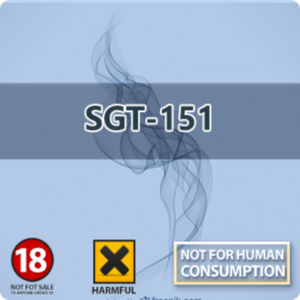
Reviews
There are no reviews yet.